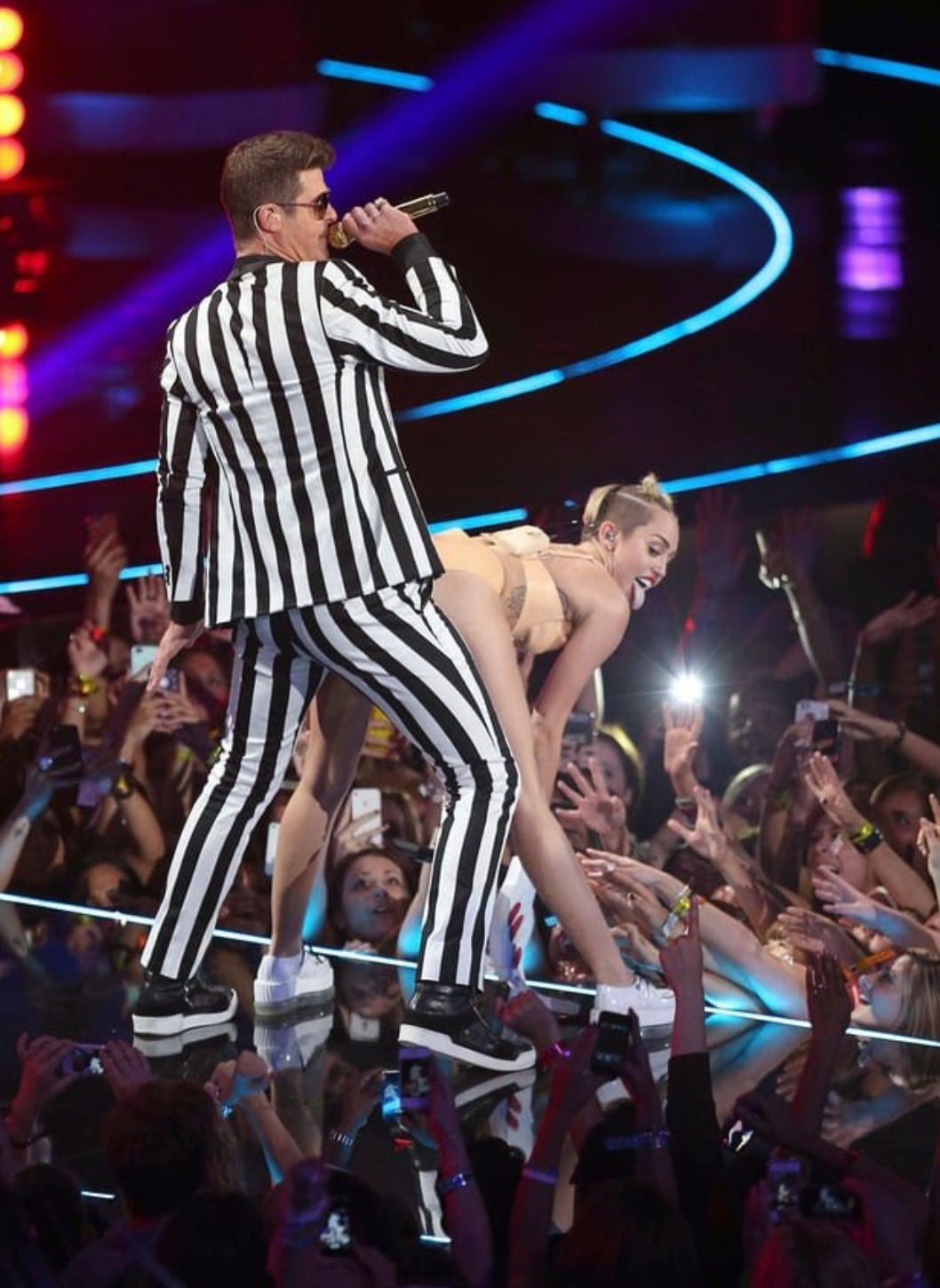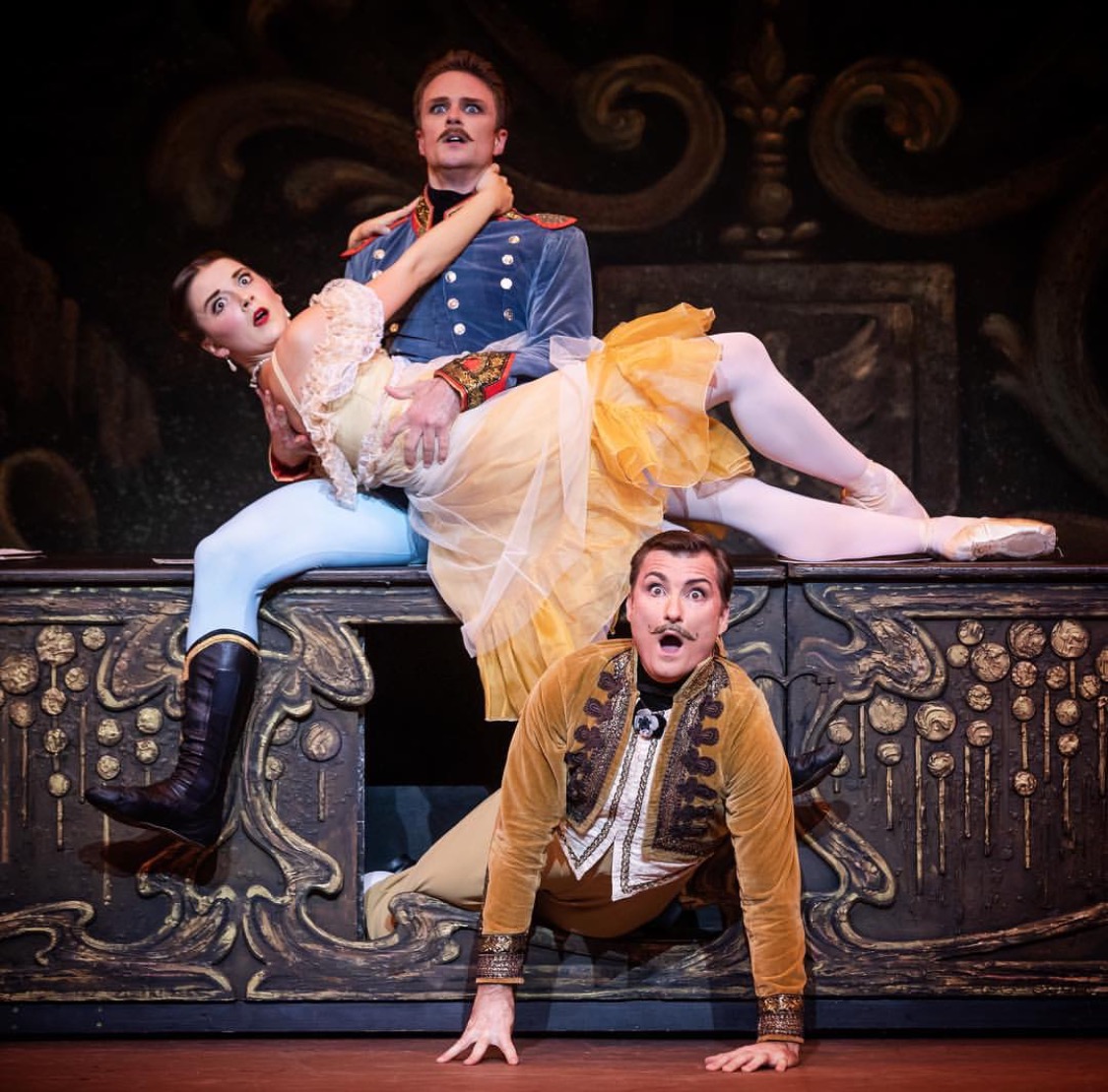“You can’t wear a thong. You must keep the cleft of your buttocks covered. And you cannot simulate a sex act.” Rusty Hannah of Mississippi’s Alcoholic Beverage Control there, explaining why a concert by bounce artist Big Freedia was cancelled. While also reminding everyone how funny the word “cleft” is. Freedia’s show in the town of Hattiesburg would have been, Rusty says, in contravention of 30-year-old laws drawn up to prevent strip clubs selling strong booze. Basically, an establishment in Mississippi can’t provide risqué entertainment while also selling strong liquor. Beer is fine for some reason, but not the hard stuff. And because Frieda’s show would certainly involve twerking, the venue hosting the concert, the Dollar Box Showroom, was threatened with closure if the concert went ahead.
It’s a bizarre instance of strong-arm moralizing – one more than likely due to one jobsworthy official taking themselves a little too seriously. An official patently oblivious to the fact that his name – Rusty Hannah – sounds like one of the most provocatively disgusting and suggestive dances ever seen.
The ridiculousness of the situation aside, Frieda’s performance being halted is a stark reminder that the taste police still exist. This is also far from the first time they’ve had something to say about a dance craze that they find hugely disagreeable. And given the nature of this story, there is only one place to start.
You’ve seen it. You know what it is. You’ve probably pulled a muscle or two trying to do it. Taking inspiration from west African dance, the twerk became westernised in the 90s, finding its way into bounce and hip-hop videos and soon becoming ubiquitous. Arguably its most famous outing came at the hands – well, one giant foam hand – of Miley Cyrus at the 2013 MTV VMAs. The FCC received a barrage of complaints. The press claimed it was cultural appropriation at its worst. Most of us were just fairly unsettled by the whole thing. Still, scores of schools have banned it, and it even triggered a national debate in Russia.
The Charleston
The emergence in the 1920s of “the flapper” – a free-spirited, independent young woman fond of short skirts, booze and jazz – coincided with the Charleston, a form of dance that visually encapsulates the jazz age. And if there’s one thing across history that’s been guaranteed to irk the guardians of morality, it’s women taking charge of their own sexuality. Ballroom dancers in London dismissed it as vulgar, it was banned from many dance halls entirely, and it was even blamed for the destruction of Boston’s Pickwick club, the authorities blaming the pounding of the dancers’ feet for the collapse of the building, which killed 50 people. Now that is one dangerous dance.
Moshing
Or, if you’re of a certain vintage, slam dancing. The act of smashing into fellow dancers, pogoing, circle pits, crowdsurfing and exciting combinations therein. It’s not really surprising that ostensibly one of the more violent dance crazes has fallen foul of authorities in the past, from the University of Minnesota banning it in 1983, a crackdown by the Boston police in 2012, to Warped Tour toying with the idea of banning itin 2014. The bans never really stick, mainly because metal fans by and large are a friendly bunch that don’t like being told what to do, but now moshpits are beginning to cause problems at EDM concerts. So if you’re at a David Guetta concert and someone punches you in the back of the head, they might have meant it in a friendly way. But if you’re at a David Guetta concert there’s also a fair chance you deserved it.
Daggering
A move born from the dancehalls of Jamaica, “daggering” essentially involves a female bending over and the male simulating alarmingly rough intercourse from behind. It’s pretty suggestive stuff – the name says it all, really – and upon seeing moves being imitated by children, the deputy children’s commissioner of the UK said that “there’s not a lot separating that kind of behaviour from actual violent, coercive sex”. It also, somewhat inevitably, apparently tripled the number of hospital admissions for broken penises in Jamaica. Ouchy. Daggering was seen as such a problem in Jamaica that the government banned songs and videos featuring sexual content – ie “daggering music”. The ban stands to this day.
The Waltz
Lord Byron himself branded the waltz a “lewd grasp and lawless contact warm” that wouldn’t “leave much mystery for the nuptial night”. When a man who had a sexual relationship with his half-sister is morally outraged, you know something is very, very wrong. Louis XIII banned it. In California it was banned until 1834. It was outlawed in parts of Sweden and Germany. The Times of London called it “an indecent foreign dance”. It was seen as lowbrow; a dance for the poor and the profane. Hard to imagine that the waltz was the 19th century’s twerking, but there you go. You’re not that rock’n’roll after all, Miley.
By the Guardian







